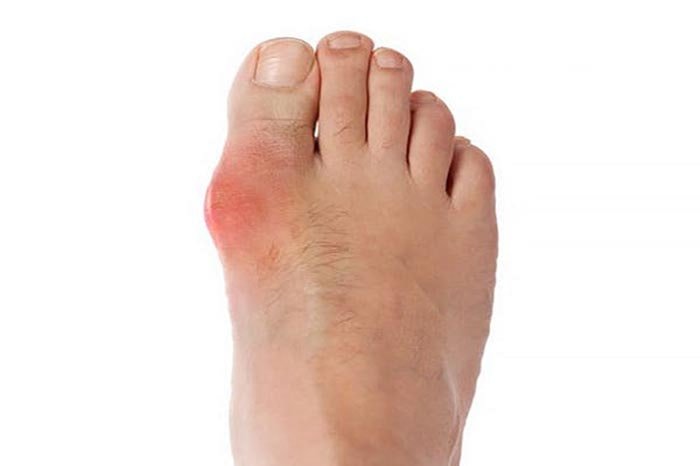 24 Sep 2018
24 Sep 2018
Gout is a very painful form of arthritis that has been recognized since ancient times.
1. Symptoms of Gout
Gout symptoms usually start suddenly without any warning. Severe pain, swelling, and redness in the big toe is typical for gout. The overlying skin is often red and shiny. It often involves only a single joint.
Common sites include: Big toe (75%), ankle and knee.
Pain reaches a peak within just 6–24 hrs. The symptoms usually do not last more than 2 weeks. Often the patients are unable to walk, wear socks or even touch bed sheets during flare-ups due to severe pain.
2. Triggers for a gout attack
Attacks are often spontaneous but may be triggered by direct trauma to a joint, stress, surgery, alcohol, high protein intake or dehydration.
3. Risk factors for gout
Age – The risk of gout increases with age.
Gender – It is more common in men. Gout occurs rarely in young females (due to the ability of oestrogen to eliminate uric acid via urine).
Diet – An increased risk is associated with a high red meat diet and a higher consumption of seafood, Excess alcohol intake, protein supplements like protein milkshakes, whey protein.
Drugs – Blood pressure medications like diuretics are considered to be the most common modifiable risk factors for gout especially in the elderly and in women.
Other medical diseases – metabolic syndrome, Obesity, Renal insufficiency increases the risk of gout.
4. Concentrate on changing lifestyle, not just on a diet
Most people are not aware that just avoiding “trigger foods” won’t cure the problem.
Dieting reduces the UA level by about 10%. If you are overweight, work hard on weight reduction. Weight loss must be gradual as crash dieting can bring on attacks. Cutting calorie intake with steady weight loss can reduce the number of attacks and significantly decrease the health risks that go with it. Don’t forget that alcohol and sugary soft drinks contain a lot of calories.
5. Treatment –
If you start on treatment – stick to it even if your uric acid has come down to normal range or gout will return. Many people take medications only for a few days during the symptomatic period. It is important to continue uric acid-lowering therapy even when you don’t have any symptoms. Medications help to prevent the next attack of gout and complications of a high uric acid such as kidney stones.
